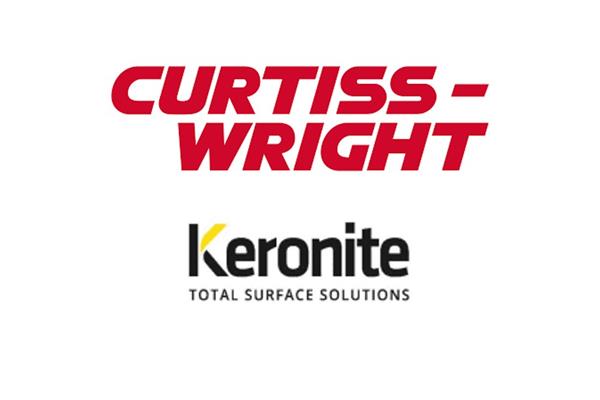
Curtiss-Wright will distribute the Plasma Electrolytic Oxidation surface treatment applications of Keronite under its Aerospace & Industrial segment.
Curtiss-Wright Corporation has recently announced that it has completed the acquisition of the stock of Keronite Group Limited for $35 million. The acquired business will operate within the Aerospace & Industrial segment of the company.
Keronite is an international supplier of Plasma Electrolytic Oxidation (PEO) surface treatment applications offering wear resistance, electrical insulation and corrosion and thermal protection for the defence, commercial, aerospace and industrial vehicle markets, as well as in semiconductor manufacturing.
The PEO surface treatment process of Keronite use a bath-based method of producing ceramic layers on light alloys such as aluminium, magnesium and titanium in order to enhance their inherent performance characteristics. As the surface is oxidized, it incorporates an electrolyte that provides specialised characteristics that are tailored to the specific application. Through the process, lightweight metals are afforded the wear and performance properties of high-weight materials such as carbide or steel in a more environmentally-friendly manner.
“The acquisition of Keronite increases the breadth of our surface treatment services portfolio with unique and complementary coatings technologies recognized for their critical performance in severe service environments. The combination of this business with Curtiss-Wright’s long-standing customer relationships and global sales channels provides strong alignment to the strategic priorities as highlighted at our 2021 investor day and is expected to yield significant opportunities for long-term profitable growth,” has commented Lynn Bamford, the CEO of Curtiss-Wright.
Keronite will reportedly generate sales of approximately $9 million in 2022 and it is expected to be neutral to the adjusted diluted earnings per share Curtiss-Wright in its first full year of ownership, excluding purchase accounting costs. It will then produce a strong free cash flow conversion rate of approximately 100%.